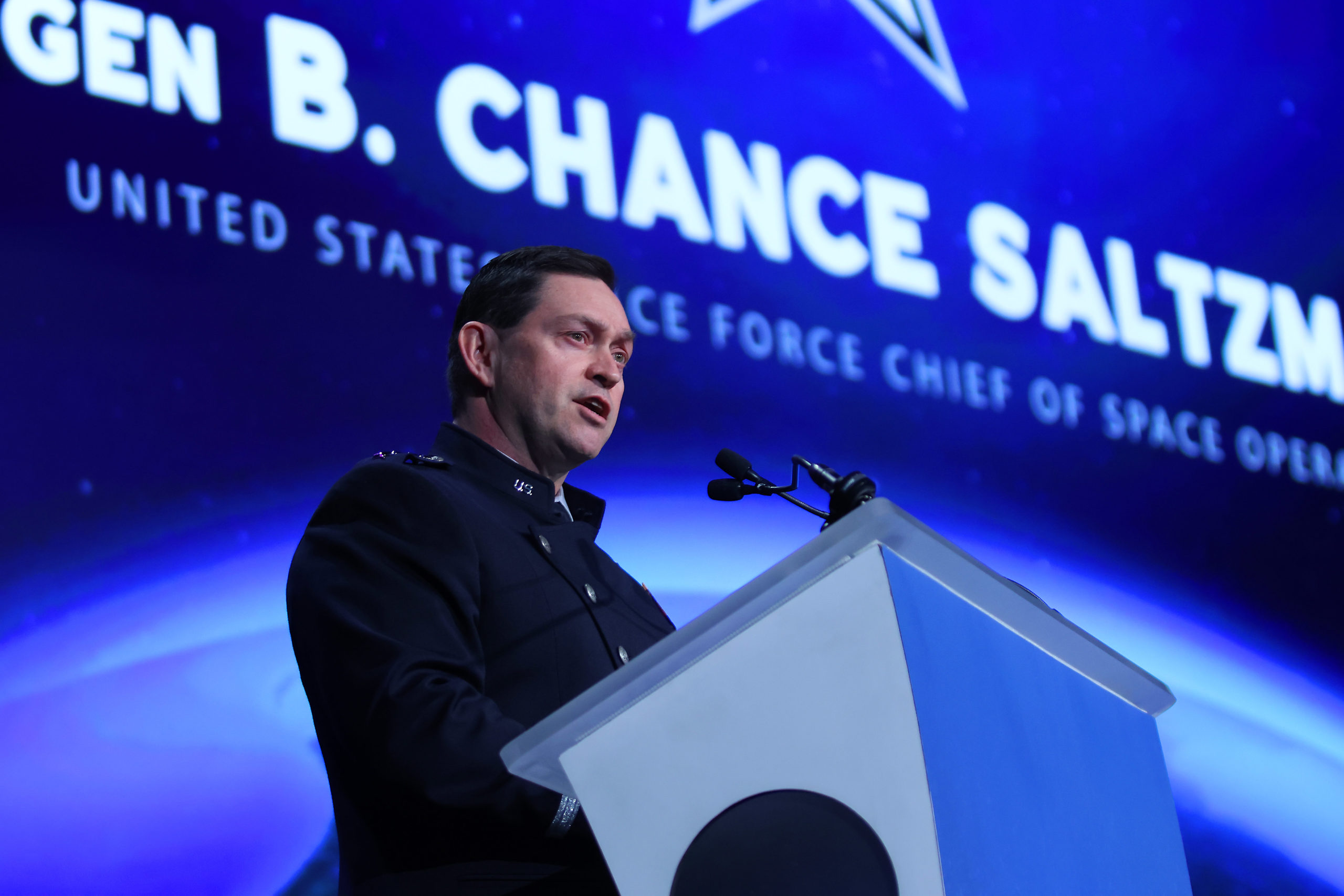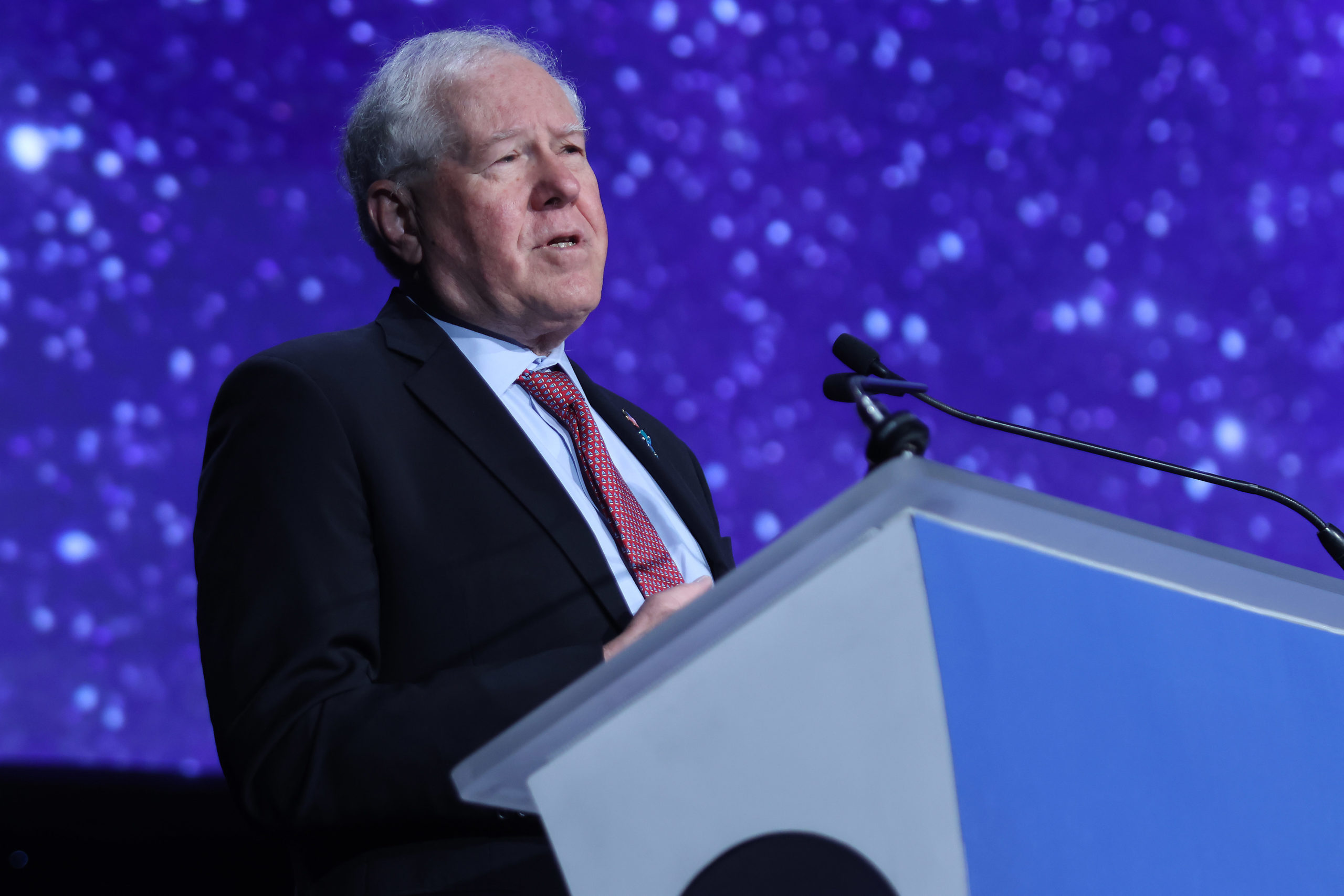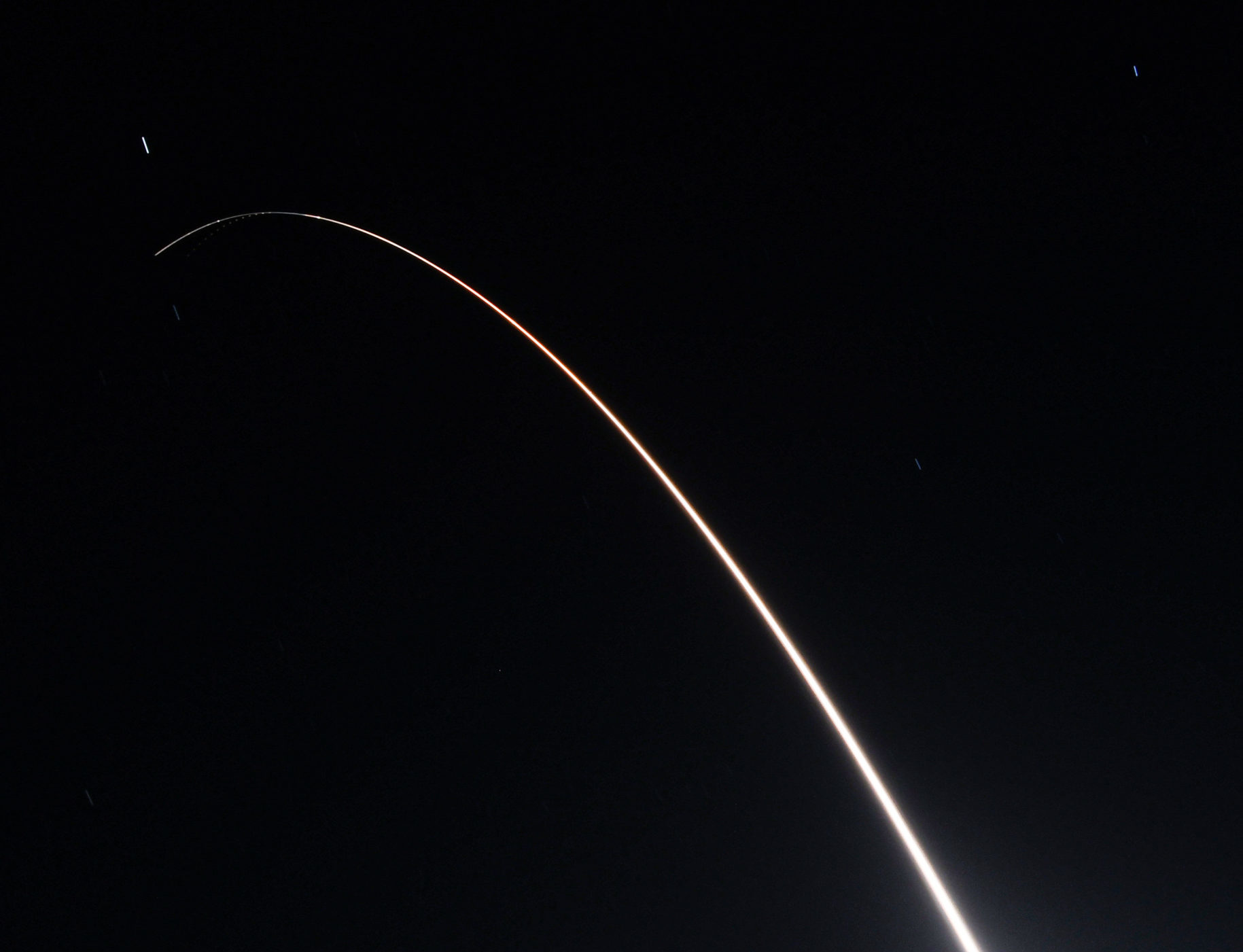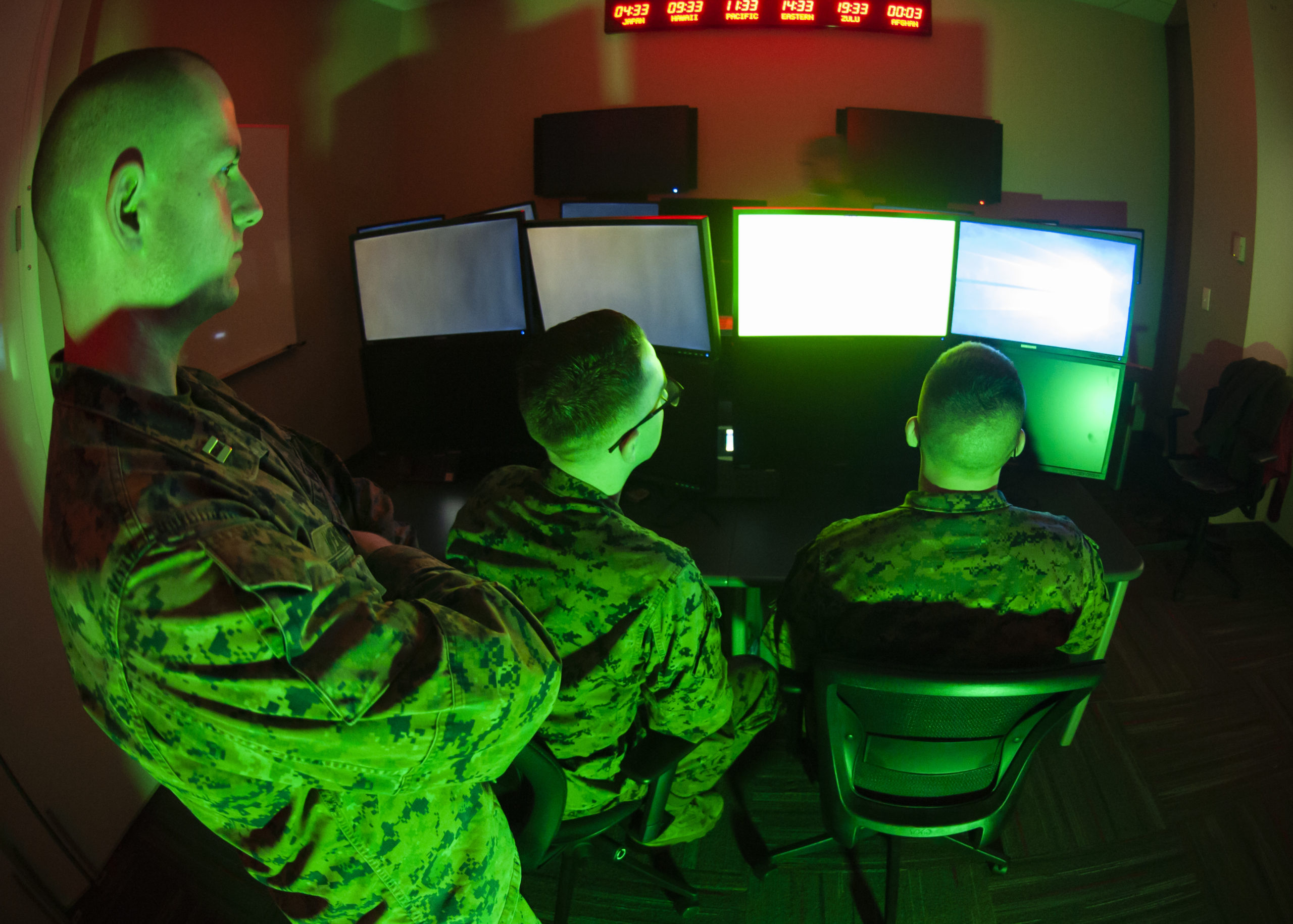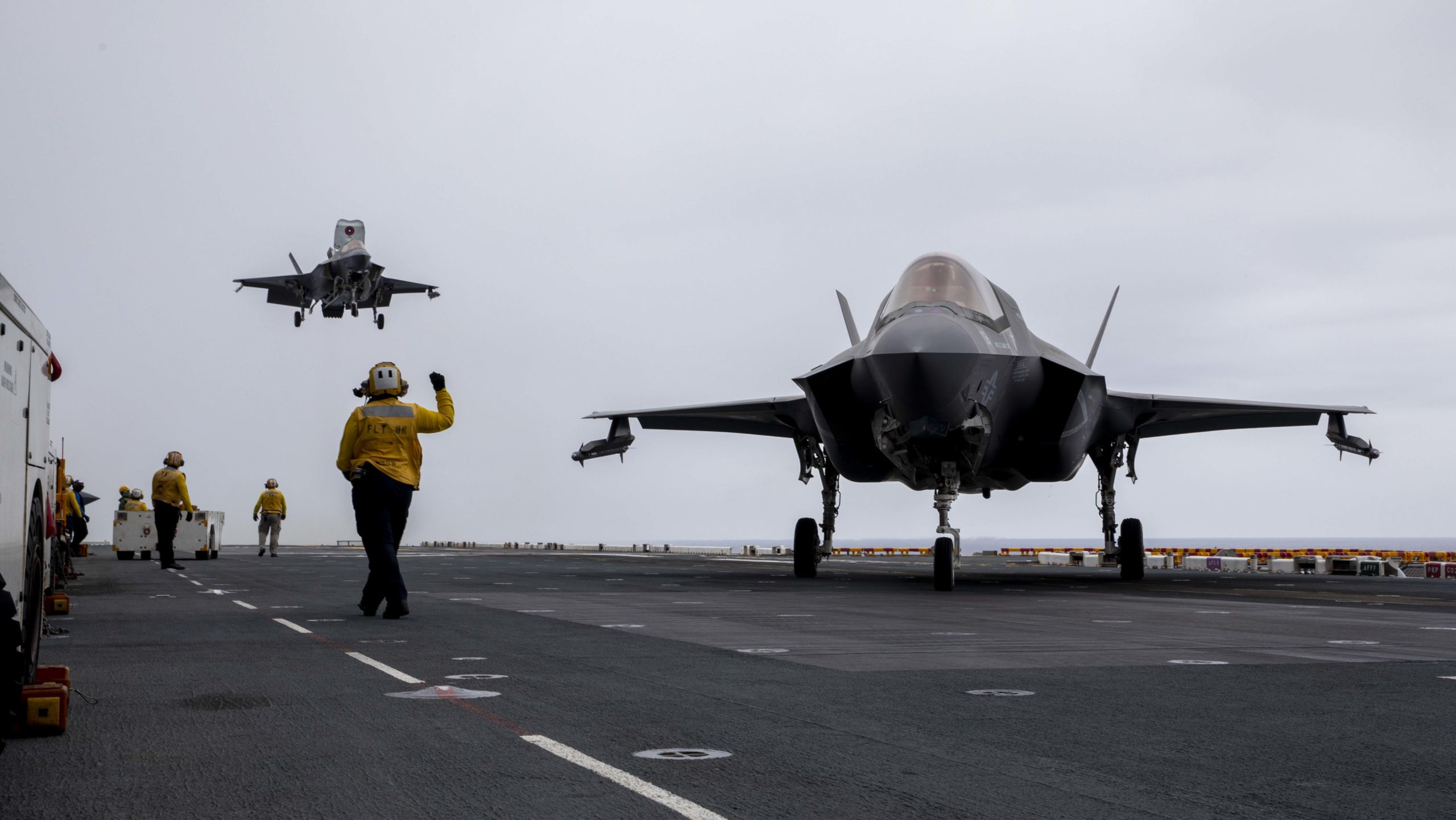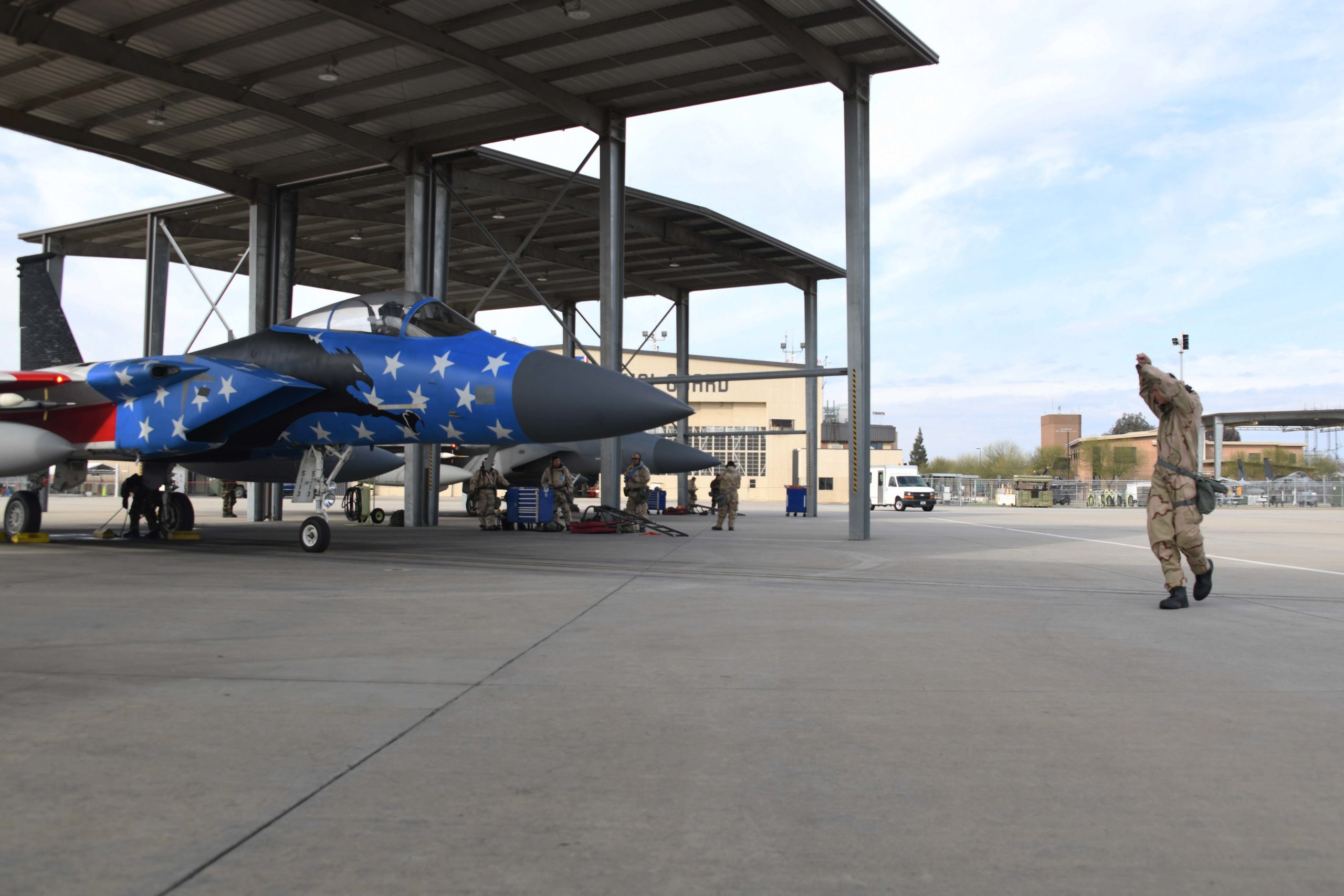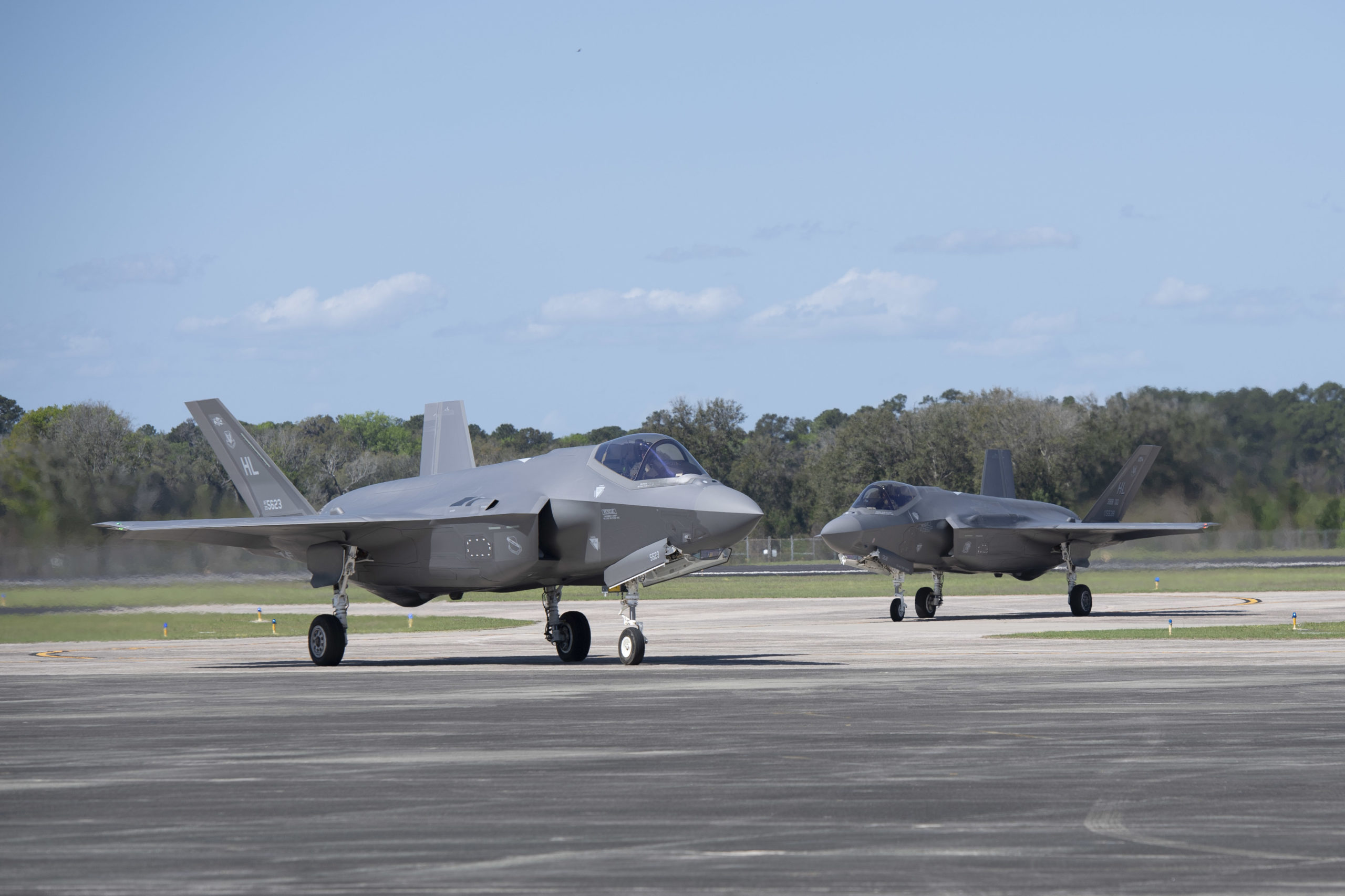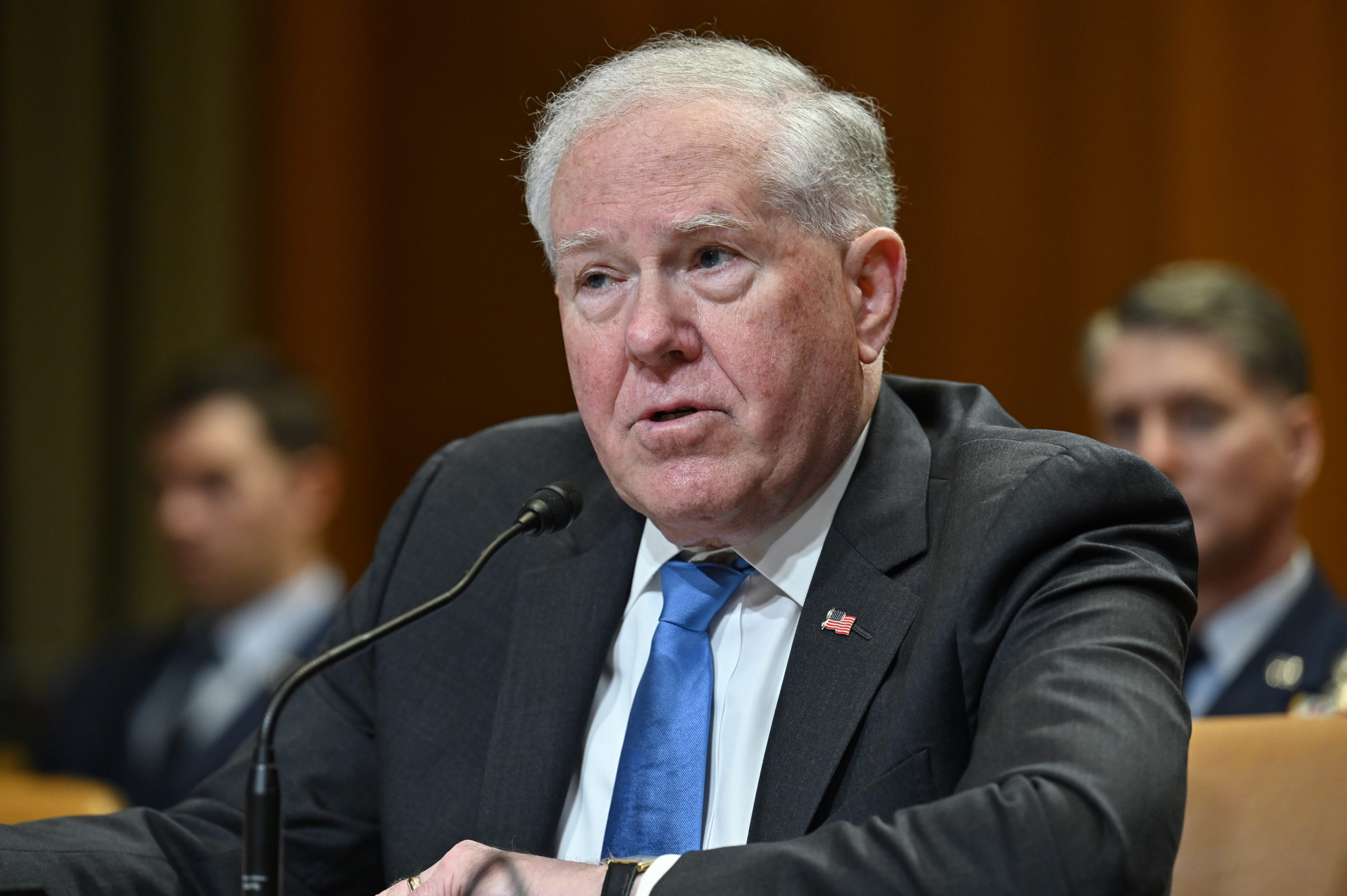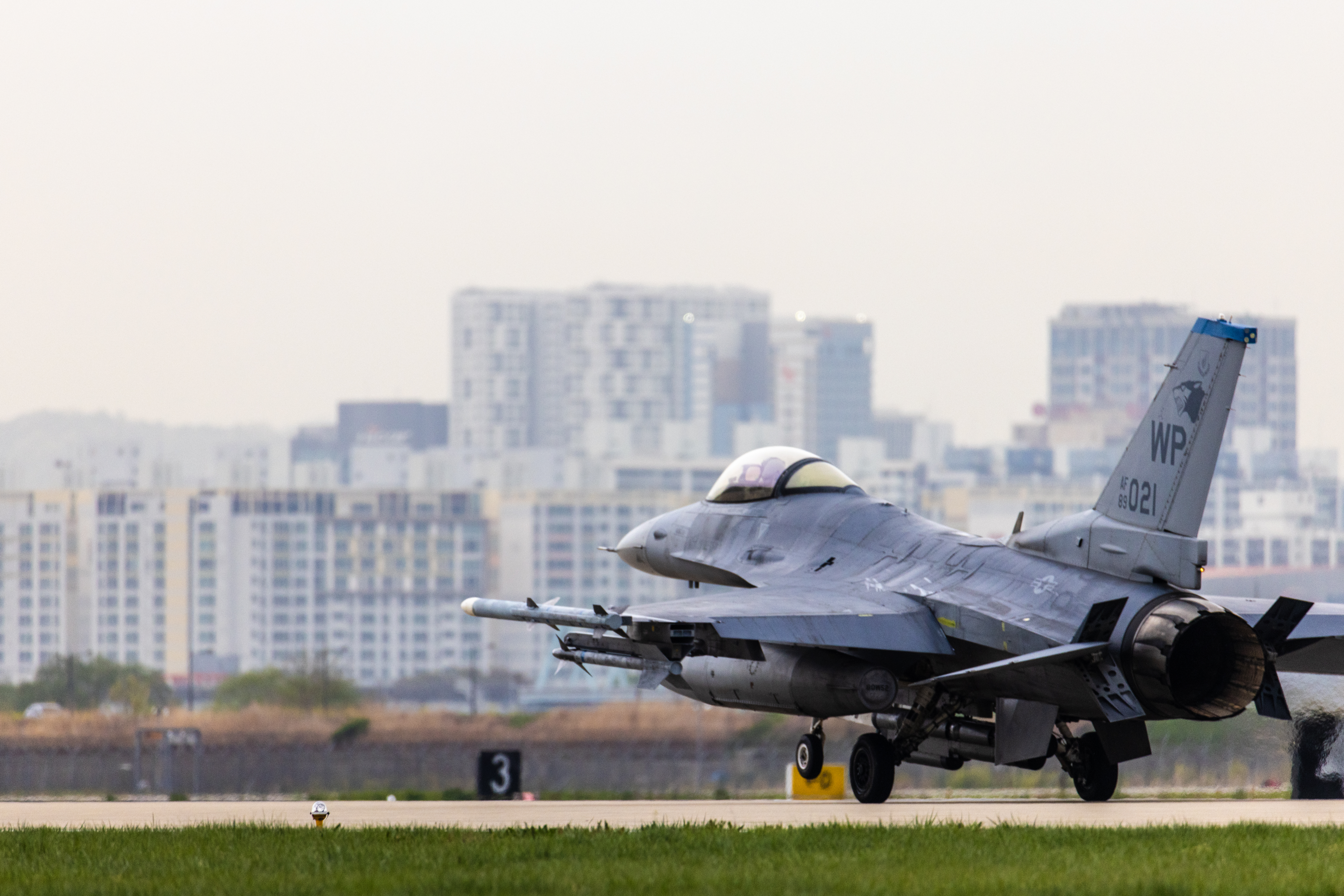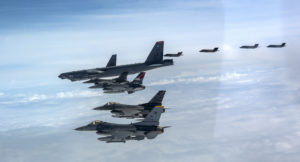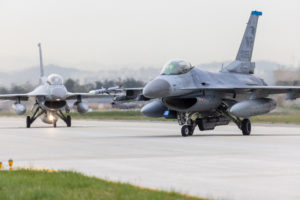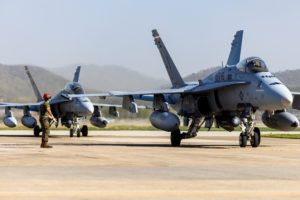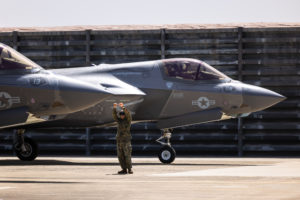Within a few years, the Space Force be able to conduct “full spectrum operations” in orbit, Chief of Space Operations Gen. B. Chance Saltzman said this week—hinting at a new space weapon that could be used offensively while offering scant details.
Testifying before the Senate Appropriations defense subcommittee, Saltzman highlighted the new capability as an example of how the Space Force has used the extra funding Congress provided the service’s classified budget in fiscal 2023.
“I’m happy to say that by the end of my tenure, if I make it all the way to [2026], that you’re going to see a substantial on-orbit capability that allows us to compete in full spectrum operations,” Saltzman told lawmakers. “I’m not sure I could have said that two years ago, but the fact that we’ve accelerated the programs and we’ve built a program that delivers and capability in terms of three, four, or five years, I’m very comfortable that we have a program in place that will do just that.”
In its unfunded priorities list for the 2023 budget, the Space Force asked for $327 million for classified programs and Congress obliged.
What exact capability or system the Space Force has been able to accelerate the development of remains a secret, like many of the Pentagon’s space activities. Saltzman’s mention of “full spectrum operations” suggests the ability to conduct both offensive and defensive operations. The Space Force rarely discusses its offensive capabilities, and officials are often reluctant even to mention offensive operations in space.
However, that reluctance is starting to dissipate. When Saltzman unveiled his “Competitive Endurance” theory at the AFA Warfare Symposium in March, he included an entire section on the need for responsible counterspace campaigning—the ability to hold an adversary’s assets at risk.
During a media briefing at the Space Symposium conference on April 19, Saltzman confirmed that the new capability he mentioned to Congress would enable full spectrum operations—a spectrum that could include both offense and defense.
“I think that all the service chiefs would tell you our job is to make sure that the services are organized, trained, and equipped in order to provide the President and the Secretary of Defense full spectrum decision-making capability, right?” Saltzman said. “Meaning given a particular problem, what are the options that the military can bring to the table, a full spectrum set of options? And so really, we don’t think in terms of offense or defense. Those are operations, not systems.
“And so when I say I’m bringing on a capability, I’m bringing on a capability to support a range of operations. We don’t think about an F-35 as being offensive or defensive. We don’t think about an aircraft carrier, is that offensive or defensive? We just know it provides a capability that in an operation will give the President and the Secretary of Defense options to pursue military objectives.”
Saltzman isn’t alone in emphasizing the need to be able to conduct a broad range of activities in space. Discussing deterrence at the Mitchell Institute Spacepower Security Forum earlier this month, Maj. Gen. David N. Miller, director of operations, training, and force development for U.S. Space Command, said SPACECOM is pivoting to a “warfighting force design.”
“If we can’t fight through that initial salvo or whatever [an adversary’s] demonstration is, and demonstrate some level of resilience—that we’re going to be able to not just take it, but respond, then it’s not credible,” Miller said.
Such comments reflect a broader shift in the U.S. military’s approach to space, said retired Air Force Lt. Gen. David A. Deptula, dean of the Mitchell Institute.
“It wasn’t that long ago that you couldn’t say space and offense in the same sentence together,” Deptula said at the Spacepower Security Forum.
The domain is changing rapidly, though. In his keynote speech at the Space Symposium, Saltzman reeled off statistics about the increases in satellites, debris in orbit, and launches over the last 15 years.
“What we must recognize is that the rate of change across these variables is accelerating,” Saltzman said. “We are now in the exponential part of the curve in many different areas related to our business.”
Given that rapid growth, Saltzman warned against complacency and said both the military and industry need to be ready to rethink the fundamentals.
“To enable the Space Force to be successful in this new era, we must aggressively dismantle old processes and procedures,” Saltzman said. “For those of you in blue tapes or those that interact with the Space Force offices, if you haven’t challenged your assumptions, your timelines, how you assess mission assurance, how you do verification and validation, I’m sorry to tell you, but you’re a part of the frozen middle.”
